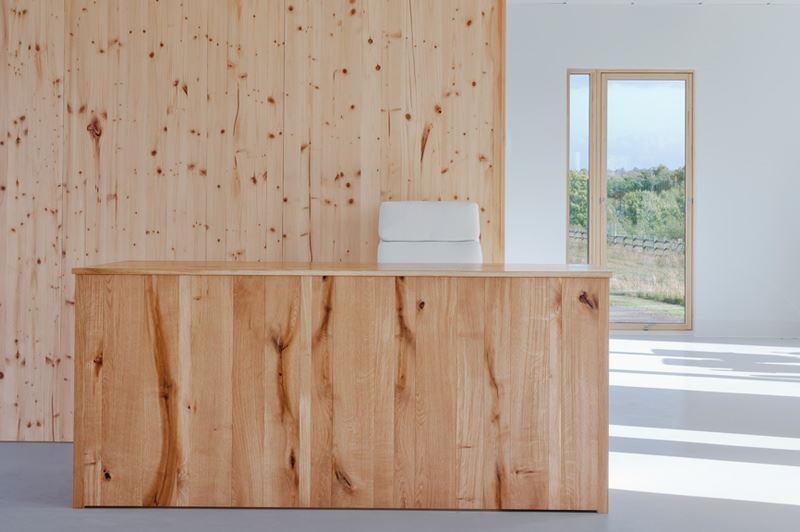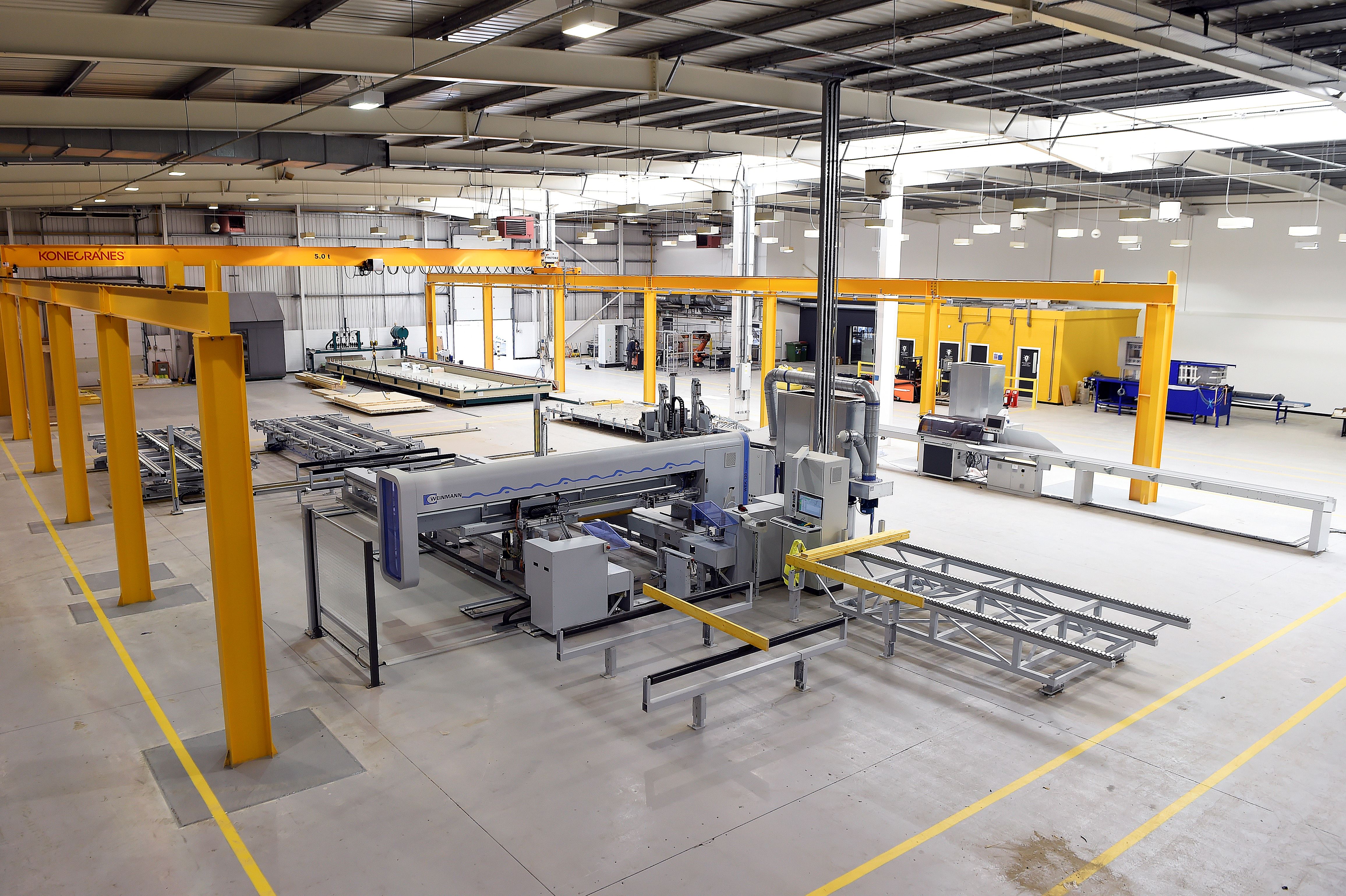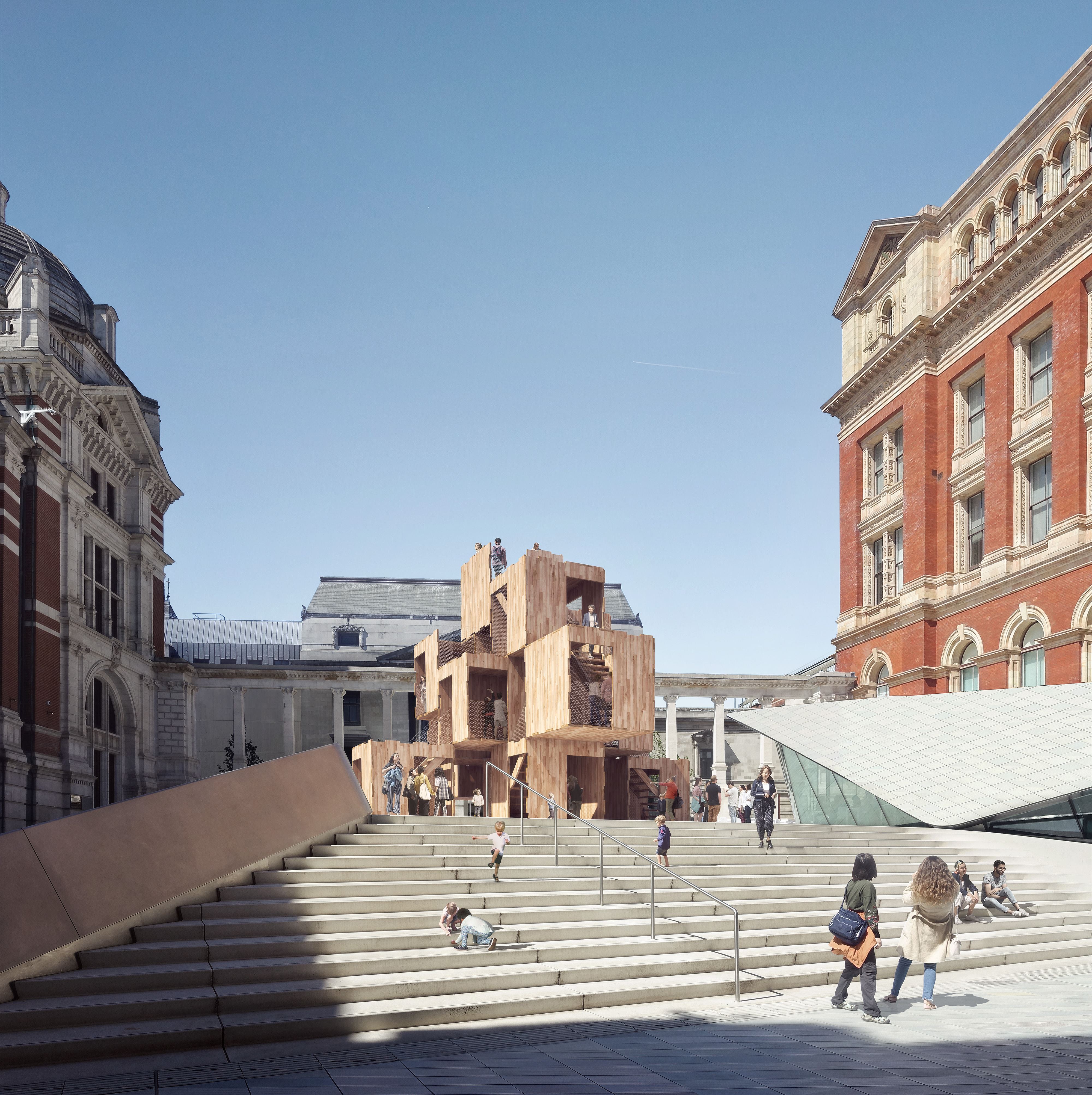Content
Debunking 5 myths about hemp in construction
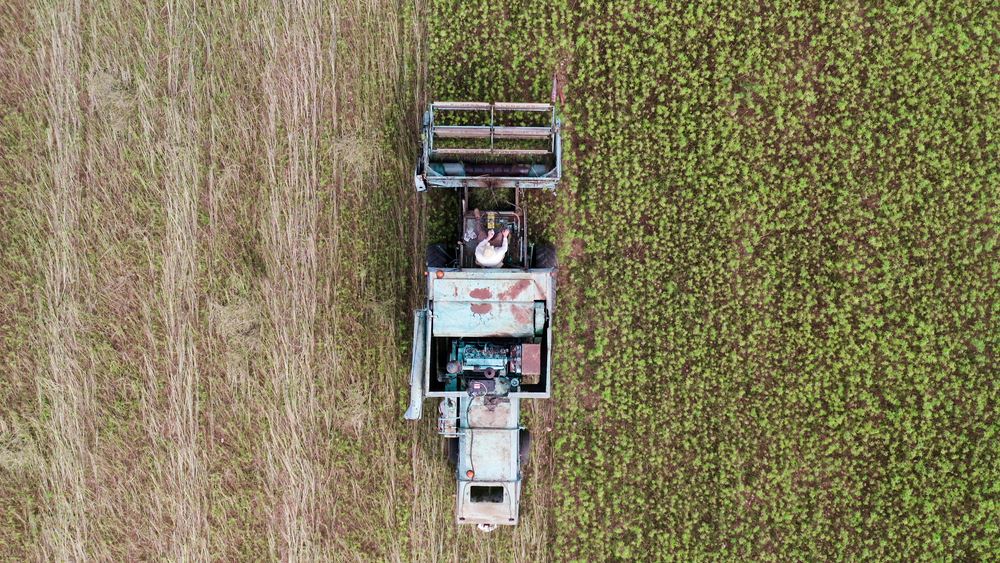
Myth 1: Hemp isn’t a mainstream product
Hemp was one of the most widely-grown crops in Britain before falling out of favour to synthetic alternatives.1
This sustainable material is widely used in many industries today such as the food, pharmaceutical, automotive and textile industries2, with France now leading the way on using hemp for construction purposes.3
But the UK is still also responsible for bringing many new hemp-based products to market across industries and to construction – examples include IndiNature, who has recently become BBA certified4, Rare Earth Global, Hemp Block Company and erthly, to name a few.*
Myth 2: Hemp is not a construction product
Hemp can take many different forms in construction.
The Building Research Establishment (BRE) used and tested hemp construction methods in the NNFCC Renewable House, finding hemp to be a viable and more sustainable construction material in comparison to most building methods used today.5
Construction uses for hemp include:
- hempcrete for construction of non-weight bearing infill walls
- hemp batts for insulation in lofts or cavity walls
- hemp boards for use in doors, cabinetry, furniture, sub-flooring and more
- plus many, many more
Myth 3: Hemp is an illicit drug
The answer to this is yes and no. In order to grow industrial hemp in the UK, you must obtain a licence from the Home Office and test the crops THC level.
The THC content must be lower than 0.2%6 which is a fraction of the levels required to satisfy the desirable effects of medicinal cannabis. Therefore there is no chance of industrial hemp being used recreationally.
You can read more about the history and challenges in industrial hemp production from the UK’s largest producers here.
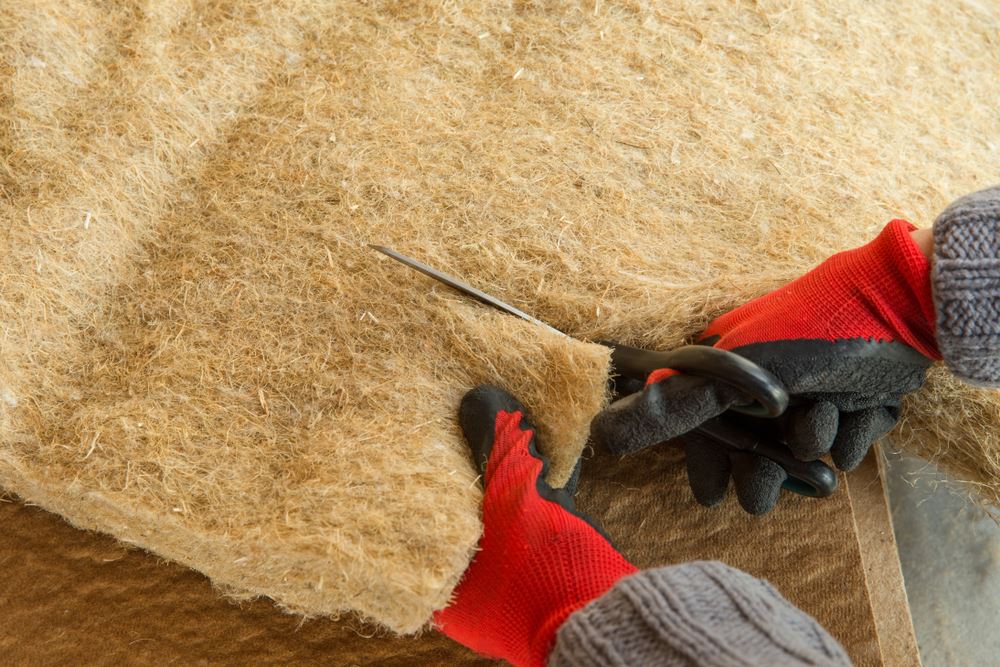
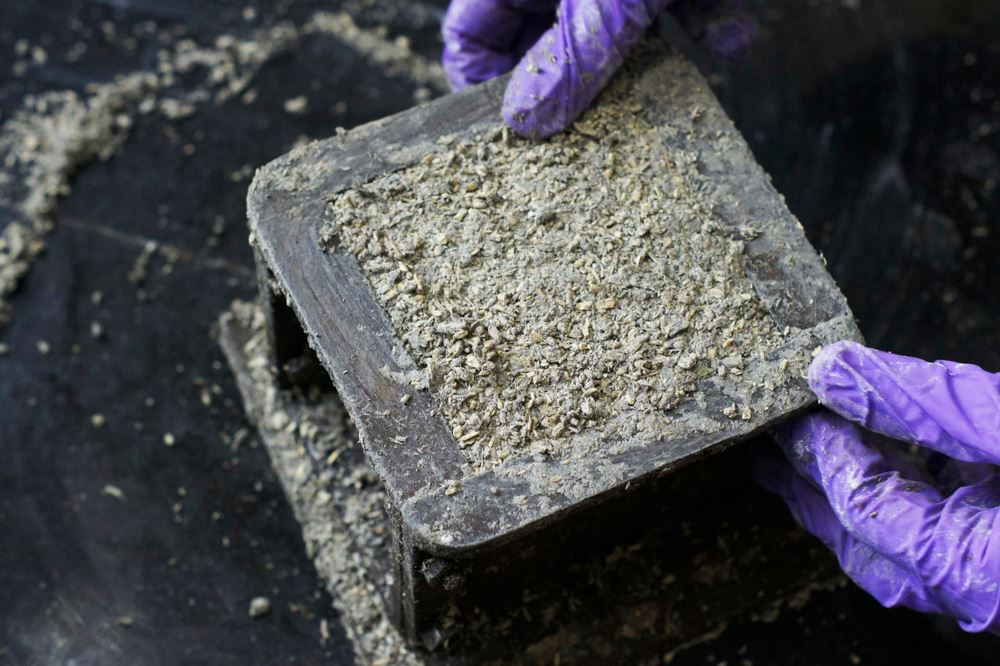
Myth 4: It’s difficult to use hemp as part of a project.
Hemp is actually very versatile with many different uses.
Research has found that hempcrete meets the current standards of most building applications and in many cases outperforms materials currently used, particularly for insulation.7
There are many suppliers out there offering various building products which aren’t just ideas. Many local UK-based examples are out there with products which are ready and available to use in projects right now. Ultimately the choice comes down to the type of project and building systems being used.
Myth 5: People and clients will reject it.
Although not many clients will be specifying hemp for their projects, hemp is a part of the growing need for better performing buildings while also reducing their embodied carbon. Knowing this is important when exploring options.
Over an 8-week growing period, 1 acre of hemp can store roughly 10 tons of CO2, which is more than an acre of trees can achieve in a year. And to boot, a wall made of hemp continues absorbing and storing CO2 once it has been erected - 30cm thick hempcrete wall can store 36.08kg of CO2 per m2.8
This makes hemp an attractive option for many clients' increasing commitments towards zero carbon.
*Please note that we do not endorse any products or services and this list is not exhaustive to options available.
- https://en.wikipedia.org/wiki/Hemp
- https://www.mdpi.com/2227-9717/11/3/718
- https://apps.fas.usda.gov/newgainapi/api/Report/DownloadReportByFileName?fileName=Industrial%20Hemp%20in%20France_Paris_France_07-31-2021.pdf
- https://www.indinature.co/news/bba-certificate-first-for-uk-hemp-insulation
- https://en.wikipedia.org/wiki/Hemp#cite_note-NNFCCC-2021-32
- https://www.gov.uk/government/publications/industrial-hemp-licensing-guidance/industrial-hemp-licensing-factsheet
- https://www.sciencedirect.com/science/article/abs/pii/S0959652619327222?via%3Dihub
- https://citychangers.org/hemp-fact-file/
Mythbusting #2: Hemp
Download the infographic here for your reference or to share with someone else.

